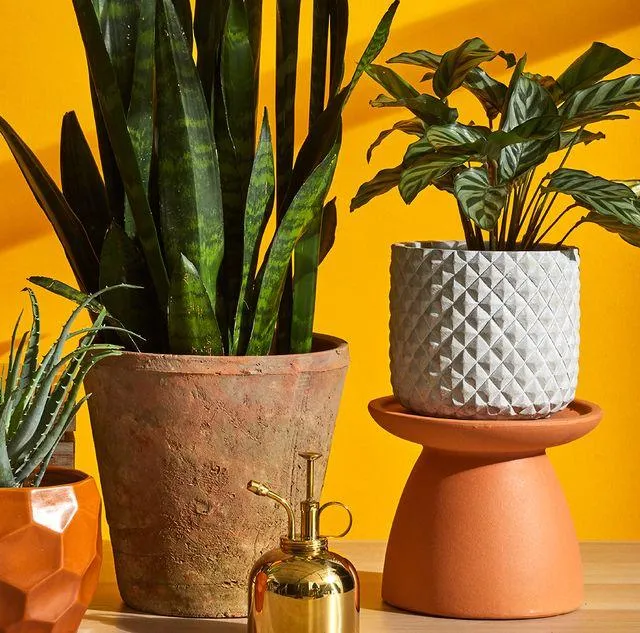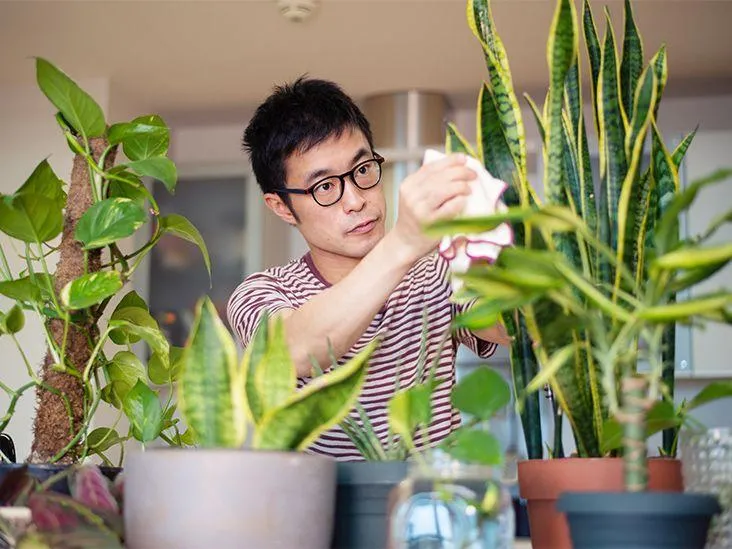All You Need to Know About Growing Live Indoor Trees
If you’re searching for “indoor tree live,” you likely have some questions about bringing the beauty of trees indoors. From selection and care to ideal growing conditions, this comprehensive guide will help you successfully grow a live indoor tree. Let’s dive in!
Choosing the Right Tree Species
The first step is selecting a tree species well-suited to indoor conditions. Many popular houseplants can be trained into tree shapes, like the following:
- Dwarf Umbrella Tree (Schefflera arboricola): A very hardy and easy-care option. Its leaves resemble those of an outdoor ash or elm tree.
- Chinese Evergreen (Aglaonema): Makes a lovely small decorative tree. Available in various green, pink, or white variegated leaf colors.
- Parlor Palm (Chamaedorea elegans): Forms a slender trunk when staked upright. Thrives on low to medium light levels.
You can also grow certain true woody trees indoors with the proper care, including:
- Dwarf Ficus (Ficus microcarpa): Very affordable and easy to find. Stake it to develop a tree shape over time.
- Jade Plant (Crassula ovata): Sometimes called the “money tree,” this succulent is drought-tolerant once established.
- Dwarf Rubber Plant (Ficus elastica): Striking dark green leaves that resemble outdoor rubber tree plants.
Creating Ideal Indoor Tree Growing Conditions
Indoor trees have special environmental needs compared to outdoor plants. The key factors for success are:

- Light: Most species need medium to bright, indirect sunlight. Place near an east or west-facing window.
- Temperature: Maintain warm 70-80°F at all times to avoid leaf drop. Use a heating pad or grow lights if cooler.
- Humidity: Trees appreciate humidifier use—aim for 40-60%. Spray leaves periodically for added moisture.
- Soil: Use a porous, well-draining potting mix that doesn’t stay soggy.
- Water: Allow topsoil layers to dry between waterings to prevent root rot.
Caring for Your Indoor Tree
With the right growing conditions established, your indoor tree will thrive with regular care:
- Fertilize monthly in spring and summer using a dilute liquid houseplant food.
- Prune or pinch new growth to maintain a tree shape as desired. Sterilize tools between cuts.
- Repot up sizes every 2-3 years or sooner if roots crowd the pot.
- Wipe leaves periodically with a slightly damp cloth to remove dust.
- Rotate the tree quarterly to encourage uniform growth habits.
- Enjoy your living indoor greenery for years to come with these basic care tips!
Dealing With Pests and Problems
All plants occasionally face issues from pests or cultural mistakes. Some common indoor tree problems include:
- Spider mites: Recognized by tiny webs/dots. Wipe with neem oil or insecticidal soap.
- Mealybugs: Fluffy white insects that secrete honeydew. Dab with alcohol on a cotton ball.
- Overwatering: Causes yellowing leaves and root rot. Improve drainage and let soil dry more between drinks.
- Underwatering: Wilting in dry air. Check moisture meter before watering.
- Sunburn: Leaf scorching occurs if tree isn’t acclimated to strong light slowly.
With monitoring and quick action, you can usually remedy minor issues easily. But larger pests may require pesticide treatment as a last resort.
From my experience growing indoor trees, dwarfed rubber plant varieties have fared best. They thrive with minimal care on my office desk, where the warm lighting and occasional breeze seem to suit them. I’ve seen them pump out new leaves for years despite my forgetful watering! Overall indoor trees make amazing living room décor if you meet their basic environmental needs. With just light, humidity, soil, and water—and occasional pest patrol—you too can enjoy the beauty of mini indoor “forests” even without a green thumb.

Choosing an Indoor Tree
| Tree Type | Size | Care Needs | Light Requirement |
|---|---|---|---|
| Dracaena | Medium | Low | Low to Medium |
| Chinese Evergreen | Medium | Low | Low to Medium |
| Peace Lily | Small | Low | Medium |
| Ficus | Large | Low | Medium |
| ZZ Plant | Medium | Very Low | Low |
FAQ
-
How big of a pot do I need for an indoor tree?
Pot size depends mainly on the type and size of tree. Generally, the pot should be only slightly larger than the root ball. A pot that is too large can retain too much moisture and cause root rot. On the other hand, if it is too small, the roots may become pot bound and stop the tree from growing properly.
-
What kinds of trees do well indoors?
Some trees that do decently well inside include dwarf varieties of citrus, dracaena, ficus, flowering maple, and Norfolk Island pine. These trees can survive with less sunlight than full-sized trees. However, they still require at least several hours of direct sunshine each day to thrive.
-
How often should I water an indoor tree?
Watering frequency varies based on the type of tree and environmental factors. Typically, indoor trees require watering around once per week. Stick your finger an inch or two into the soil and water when the topsoil becomes slightly dry. Overwatering can drown the roots, while underwatering will cause the tree leaves to drop. It’s best to water thoroughly until the excess runs out the drainage holes.

-
What about fertilizing?
Most indoor trees will need fertilizing during their growing season, around once a month. Look for a balanced houseplant fertilizer and follow label instructions for dilution amounts and application schedule. But ya gotta be careful not to overdo it, as too much fertilizer may burn the roots. Maybe less is more, if you know what I mean.
-
How do I prevent pests?
Pests like spider mites and aphids can stunt an indoor tree’s growth if left unchecked. To reduce pest risks, check the tree regularly and isolate any infested plants. You can also mix a little dish soap into water and wipe the leaves weekly as a natural insecticide. Removing dust and debris helps too. On the other hand, some bugs are kinda harmless and help pollinate plants, so there’s no need to lose your mind over every little bug.
-
Can indoor trees be pruned?
Pruning helps maintain a tree’s shape and size inside small living spaces. Use clean pruning shears to trim off dead or damaged branches. Be careful not to cut into the trunk bark. You can also prune lightly in spring to encourage bushy growth. However, avoid heavy pruning that butchers the tree’s natural form. When in doubt, ask an expert for advice instead of learning the hard way!
-
How long will an indoor tree live?
With proper care, many dwarf indoor tree varieties can survive for several years, or possibly even decades. But their lifespan hinges greatly on factors like location, light levels, watering practices, and pest prevention. Trees placed in low-light areas or neglected may only last a year or two. On the other hand, those thriving inideal conditions can continue to bring you joy for stunningly long periods.

